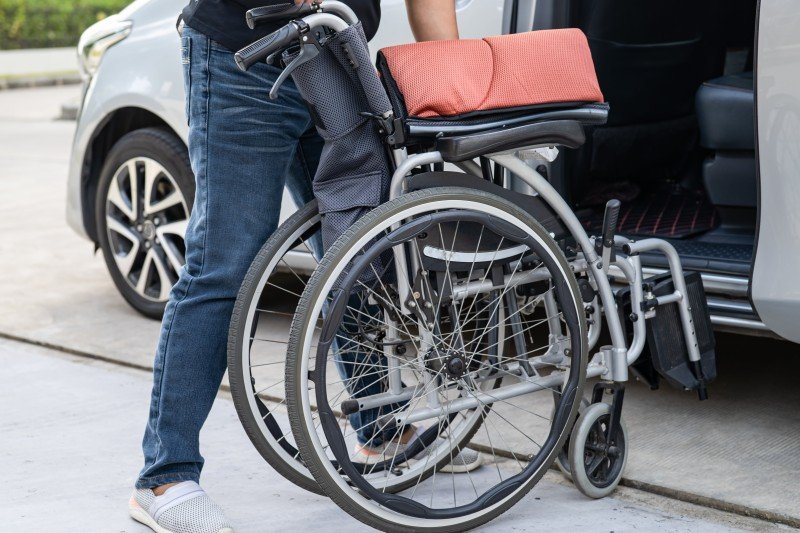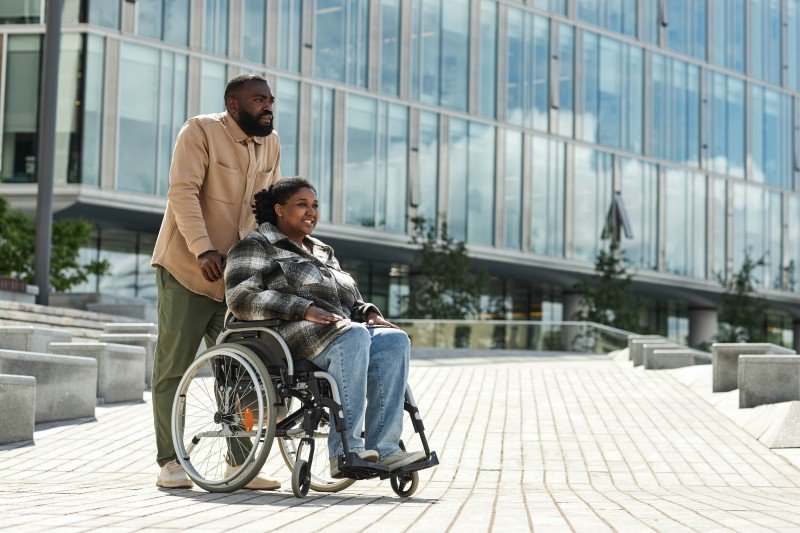Guide To Mobility Scooters UK: The Intermediate Guide The Steps To Mobility Scooters UK
Navigating the World of Mobility Scooters in the UK
Mobility scooters have become a necessary tool for lots of in the United Kingdom, providing a practical and dignified option for people with mobility concerns. These scooters not just boost the lifestyle for their users however likewise offer a sense of self-reliance and freedom. This comprehensive guide aims to provide a summary of mobility scooters in the UK, including their benefits, types, purchasing considerations, and upkeep suggestions.
Intro to Mobility Scooters
A mobility scooter is a battery-powered lorry created to help individuals with strolling difficulties or minimal mobility to walk around more easily. Unlike manual wheelchairs, which require significant physical effort, mobility scooters are simple to run and can be utilized both inside and outdoors. They are particularly helpful for older grownups and people with disabilities, allowing them to travel longer ranges and browse various terrains with ease.

Advantages of Mobility Scooters
Independence and Freedom
- Mobility scooters empower users to travel independently, reducing the requirement for help from others.
- They can be used for daily activities such as shopping, visiting good friends, or attending social events.
Economical
- While there are preliminary expenses, Mobility Scooters Uk scooters can be an economical alternative to other mobility help, especially with time.
- Many models are available for lease or lease, providing versatility for users with differing needs.
Convenience and Safety
- Scooters are developed with ergonomic seats and adjustable functions to ensure comfort during extended periods of use.
- Security features such as lights, horns, and braking systems boost user self-confidence and security.
Social Inclusion
- By making it possible for individuals to take part in neighborhood activities, mobility scooters promote social inclusion and decrease feelings of isolation.
Health Benefits
- Regular use of a mobility scooter can help preserve physical health by encouraging users to remain active and engaged.
Kinds Of Mobility Scooters
Mobility scooters in the UK be available in various types, each designed to deal with different requirements and preferences:
Class 2 Scooters (Pavement Scooters)
- Speed: Up to 4 mph
- Use: Designed for usage on pavements and within indoor areas
- Advantages: Compact and light-weight, ideal for brief ranges and day-to-day errands
Class 3 Scooters (Road and Pavement Scooters)
- Speed: Up to 8 miles per hour on roadways and 4 mph on pavements
- Use: Suitable for longer journeys and can be used on both roads and pavements
- Benefits: More robust and capable of managing various terrains, consisting of rough surfaces and inclines
Off-Road Scooters
- Speed: Varies, however typically higher than Class 2 and Class 3 scooters
- Use: Designed for off-road usage, including parks, routes, and unequal surfaces
- Benefits: Enhanced toughness and traction, ideal for daring users
Travel Mobility Scooters
- Speed: Varies, but generally up to 4 mph
- Use: Portable and simple to dismantle for transport
- Benefits: Perfect for users who travel frequently and need a portable solution
Purchasing Considerations
When buying a mobility scooter, numerous factors ought to be considered to guarantee the best fit for the user's needs:
User's Physical Condition
- Weight Capacity: Ensure the scooter can support the user's weight.
- Height and Reach: Choose a design that is adjustable to fit the user's height and reach comfortably.
Planned Use
- Indoor/Outdoor: Determine if the scooter will be used mainly inside, outdoors, or both.
- Terrain: Consider the kind of terrain the user will browse, including any hills or rough surface areas.
Battery Life and Range
- Battery Type: Lithium-ion batteries are generally more effective and longer-lasting than lead-acid batteries.
- Range: Check the scooter's variety to ensure it fulfills the user's day-to-day travel requirements.
Security Features
- Brakes: Look for scooters with reliable braking systems.
- Lights and Horns: Essential for exposure and informing others.
Guarantee and Customer Support
- Service warranty: Ensure the scooter includes an extensive guarantee.
- Customer Support: Choose a trustworthy maker with great customer care and support.
Upkeep and Safety Tips
Appropriate upkeep is crucial to ensure the durability and security of a mobility scooter:
Regular Battery Checks
- Charging: Always keep the battery credited prevent deep discharge.
- Cleansing: Keep the battery compartment tidy and complimentary from dirt and moisture.
Tire Maintenance
- Inflation: Regularly check and keep correct tire pressure.
- Evaluation: Inspect tires for wear and damage, changing them as needed.
Tidy and Lubricate
- Cleansing: Wipe down the scooter routinely to keep it totally free from dirt and gunk.
- Lubrication: Lubricate moving parts to avoid rust and ensure smooth operation.
Security Checks
- Brakes: Test the brakes frequently to ensure they are operating properly.
- Lights and Horns: Check that all safety functions are functional.
Follow Manufacturer Guidelines
- Handbook: Refer to the user manual for particular maintenance guidelines.
- Service: Schedule routine service contact a certified specialist.
Frequently Asked Questions (FAQs)
Can anyone use a mobility scooter?
- No, only people with a medical requirement or disability are eligible to utilize a mobility scooter on public roadways and pavements in the UK. However, they can be used by anybody on personal property.
Do I require a license to drive a mobility scooter?
- No, a license is not required to use a Class 2 or Class 3 mobility scooter. Nevertheless, users need to be over 14 years old and have a genuine need for the scooter due to a disability or medical condition.
How fast can a mobility scooter go?
- Class 2 scooters have a maximum speed of 4 mph, while Class 3 scooters can reach up to 8 mph on roadways and 4 mph on pavements.
Can I take a mobility scooter on public transport?
- Some public transportation, such as trains and buses, might allow mobility scooters, but it depends upon the particular service and the size of the scooter. It's best to consult the transportation service provider in advance.
What is the life-span of a mobility scooter?
- With correct upkeep, a mobility scooter can last several years, typically in between 5 and 10 years.
Can I get financial help to buy a mobility scooter?
- Yes, monetary support might be readily available through the Disabled Facilities Grant (DFG), regional authorities, or charitable organizations. In addition, some insurance providers may cover part of the cost.
Mobility scooters are a valuable aid for individuals with mobility problems in the UK, offering a variety of take advantage of increased independence to enhanced social involvement. By considering the user's needs, the desired use, and the scooter's features, one can select the ideal model to improve their quality of life. Regular maintenance and adherence to safety guidelines are important to guarantee the scooter stays a reputable and safe mode of transportation. For those who qualify, monetary help might be available to make the purchase more budget friendly. Whether for everyday use or occasional trips, a mobility scooter can significantly enhance the user's ability to browse the world with self-confidence and ease.
Extra Resources
- Mobility Aids UK: A detailed directory site of mobility aids and scooters.
- NHS Choices: Information on mobility aids and monetary help.
- Disability Living Allowance (DLA): Guidance on obtaining monetary assistance for disability-related expenditures.
By checking out these resources and considering the points outlined in this guide, individuals can make an educated decision about acquiring and using a mobility scooter in the UK.




